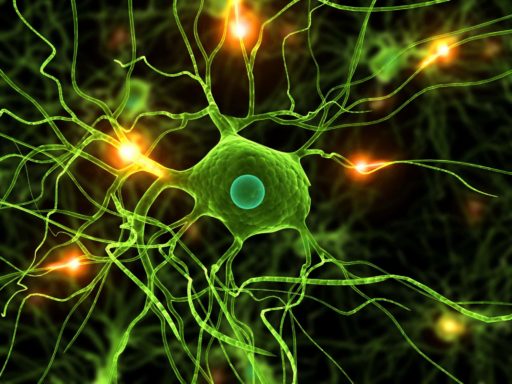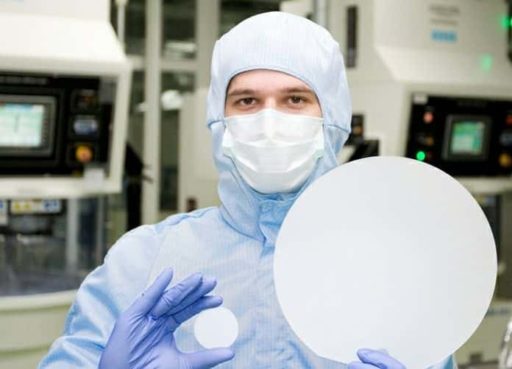One of the main problems scientists have often faced when studying the changes in human cells is that the electronics used to do so tend to damage the cells. For long, these scientists have sought to find a way of using electronics on a human cell which wouldn’t damage it. Now, a group of scientists at Harvard seem to have found just the solution.
In a new research, scientists have been able to grow cyborg tissues. These tissues are essentially human tissues which have been embedded with three dimensional nanoelectronics. These nanoelectronics do not damage the tissue in any way whatsoever.
The research which has achieved this was primarily headed by a Professor of Chemistry at Harvard, Charles M. Lieber and was contributed to by numerous other researchers, from Harvard as well as from other universities.
The results of this research present a significant break-through for the field of biology. The ability to study the growth and change in a human tissue without essentially damaging it is new for researchers. Until now, there have been many methods of studying human tissue but all these techniques somehow damage the tissues.
According to Lieber, “The current methods we have for monitoring or interacting with living systems are limited. We can use electrodes to measure activity in cells or tissue, but that damages them. With this technology, for the first time, we can work at the same scale as the unit of biological system without interrupting it. Ultimately, this is about merging tissue with electronics in a way that it becomes difficult to determine where the tissue ends and the electronics begin.”
Daniel Kohane, a Harvard Medical School professor who also worked on the research, said, “In the body, the autonomic nervous system keeps track of pH, chemistry, oxygen, and other factors, and triggers responses as needed. We need to be able to mimic the kind of intrinsic feedback loops the body has evolved in order to maintain fine control at the cellular and tissue level.”
The researcher first started from the 2D-level and surrounded nanoscale wires with an organic polymer. This organic polymer was then connected to nanoscale electrodes which would enable the nanowire transistors to measure activity within the cells. With the help of this, the researchers were able to calculate cell activities such as pH changes.
While this opens infinity of possibilities for the biologists and researchers, Lieber thinks that the pharmaceutical companies can also make a great use of this technology in order to study the effects of new drugs on human tissues.
Source: Harvard
[ttjad keyword=”hot”]




